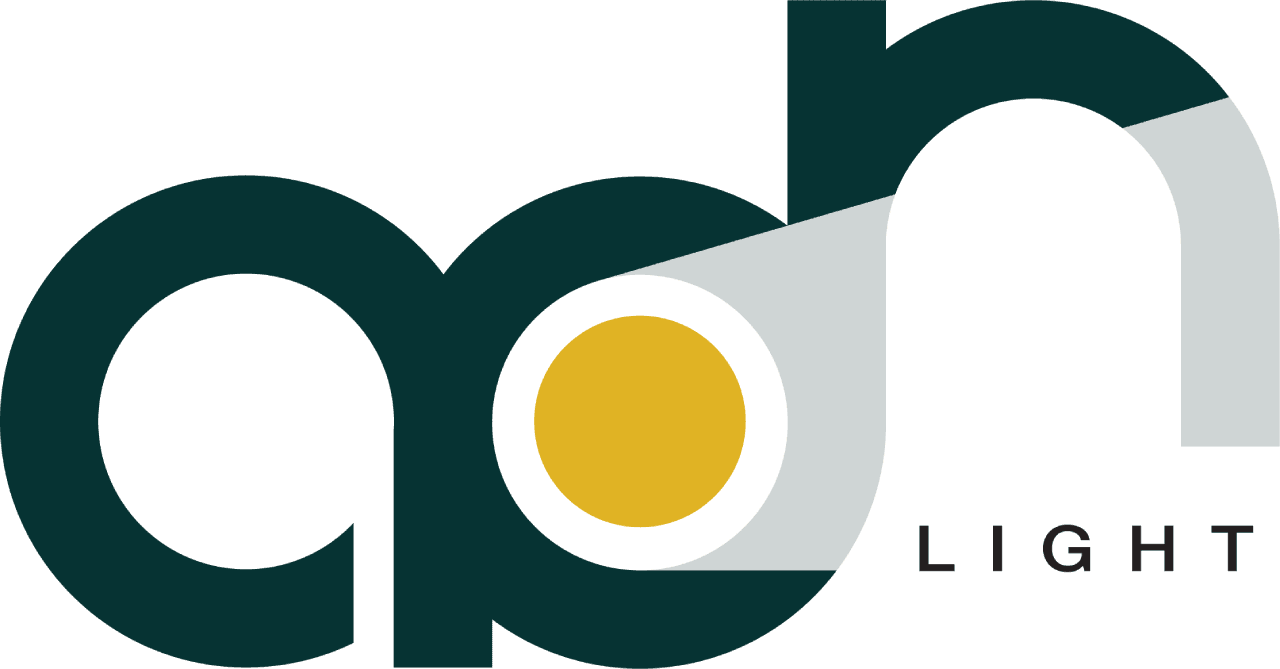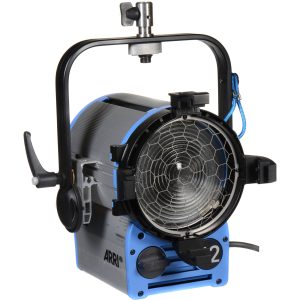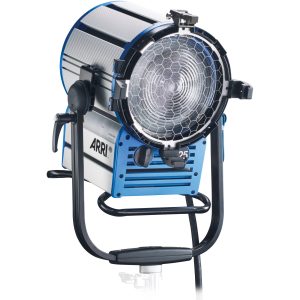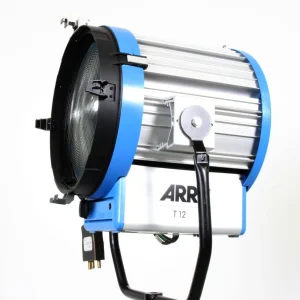Tungsten Lights Rental in Vietnam
What Is Tungsten Lighting?
Tungsten lights have been a staple in the world of filmmaking for many years. These lights produce a warm, yellowish light that is similar to traditional incandescent bulbs. Tungsten lights are widely used for key, fill, and backlighting in many film productions. They are also popular in the theater industry due to their warm and natural light output.
Tungsten lights are available in a variety of shapes and sizes, ranging from small 150-watt units to large 20,000-watt fixtures. The most common types of tungsten lights used in film production are the Fresnel and open-face units. The Fresnel unit is named after the French physicist Augustin-Jean Fresnel and is designed to produce a soft and even beam of light. The open-face unit, on the other hand, is designed to produce a broader beam of light, making it ideal for lighting large areas.
How Do Tungsten Lights Work?
Both tungsten film lights and ordinary domestic incandescent lamps use a tungsten filament to produce light. The primary difference is that tungsten film lights use halogen (an inert gas) to achieve higher color temperatures. As the color temperature scale (measured in degrees Kelvin) gets higher, tungsten light shifts from red to orange to yellow to white to blue to violet.
What Effects Do Tungsten Lights Create?
Tungsten lighting can produce different effects at different color temperatures.
- Indoor lighting and candlelight: Tungsten lights are most commonly used at low temperatures, which naturally produce magenta, red, orange, and yellow overtones. This creates the effect of indoor incandescent lighting and even candlelight. Skin tones look particularly pleasing under tungsten lights.
- Simulated natural daylight: At higher color temperatures, a tungsten source can produce brighter tones. When combined with a blue color-correction gel, a high-temperature tungsten light can produce the blue light the human eye perceives as daylight color.
- Muted blue light: Tungsten light gets bluer when the lamps are run at higher temperatures on the Kelvin scale. Still, the color of the light does not produce the piercing whites and blues associated with fluorescent light. To achieve a cool white or blue cast, directors and cinematographers often opt for fluorescent lamps.
Advantages of Tungsten Lights
Tungsten lamps have a robust history in filmmaking for good reason. They provide many advantages to the directors, cinematographers, grips, and best boys who use them. Tungsten lights are long-lasting and affordable compared to other lighting sources. Like other incandescent bulbs, tungsten film lights are dimmable, which allows them to produce pleasing warm colors at lower temperatures, creating lifelike color rendition and color balance. As opposed to fluorescent bulbs, tungsten bulbs are mercury-free.
Disadvantages of Tungsten Lights
Despite their many virtues, tungsten lights are far from perfect, and their use has decreased within the film industry. Tungsten lighting is heavy (LED lighting instruments are far more lightweight) and energy inefficient, requiring high wattage and converting more energy into heat than actual light. This means the lights become dangerously hot when in use. Tungsten light fixtures are also prone to failure when exposed to oils from human skin.
Where to rent Tungsten Lights in Vietnam?
For filmmakers in Vietnam seeking high-quality tungsten lighting, ADN Film offers the best rental solutions. Our range of professional tungsten lights provides warm, natural illumination, perfect for creating mood and enhancing your production’s overall aesthetic. Whether you’re shooting indoors or in controlled environments, our tungsten lights deliver consistent color temperatures that replicate traditional lighting conditions. At ADN Film, we ensure that all our equipment is carefully tested and maintained, so you can focus on bringing your creative vision to life. Rent tungsten lights from ADN Film today and enjoy reliable, efficient service tailored to the unique needs of your film production in Vietnam.













